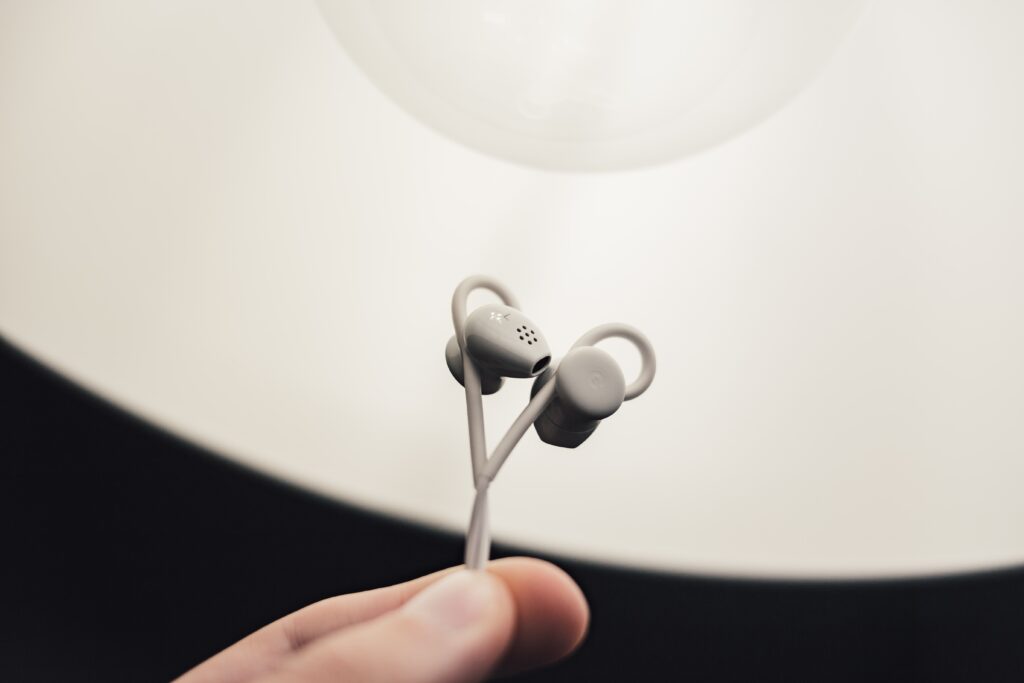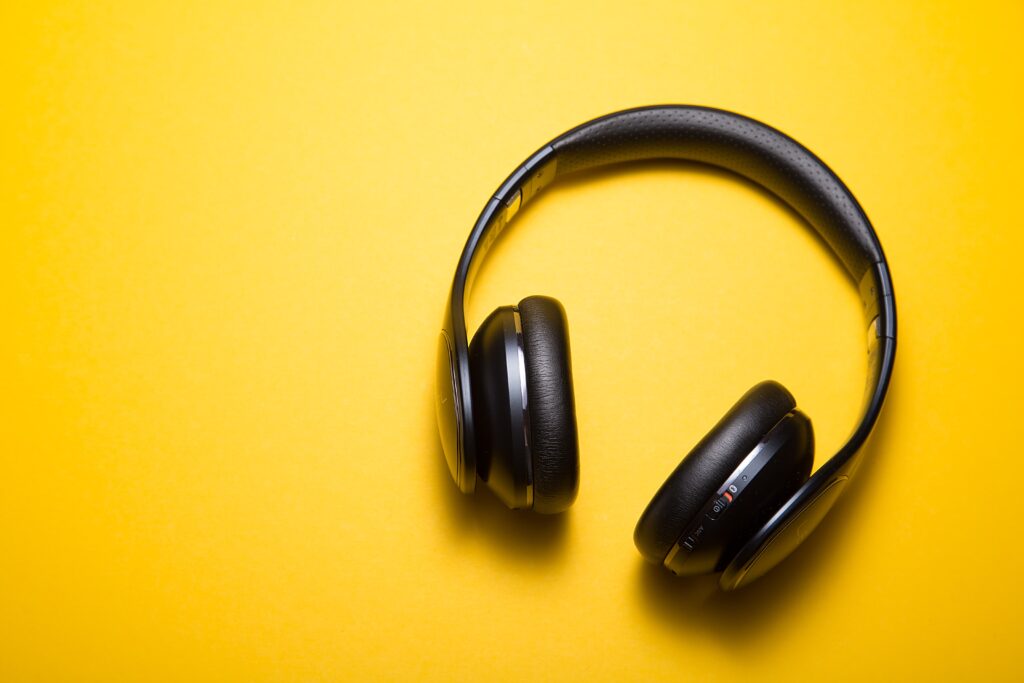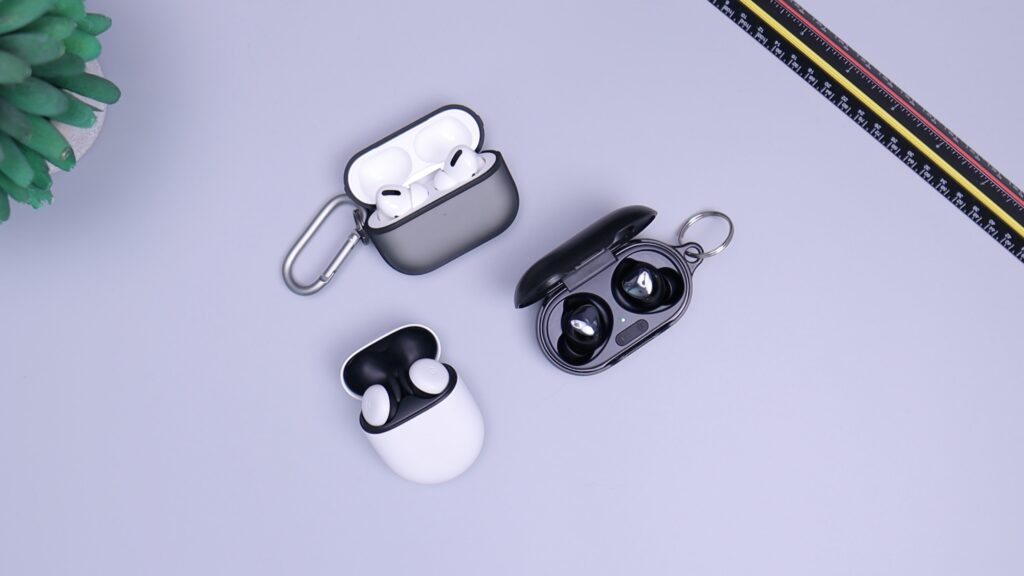
Many runners enjoy listening to music or podcasts while they exercise to help pass the time and motivate them to keep going. However, wearing headphones while running also presents certain safety concerns. It can be difficult to hear traffic or other hazards if the volume is too high, and some experts recommend against wearing headphones at all while running. In this article, we will explore the potential benefits and drawbacks of wearing headphones while running and provide tips for staying safe while doing so.
Benefits of wearing headphones while running
Drawbacks of wearing headphones while running
It is important to weigh the potential benefits and drawbacks of wearing headphones while running, and to take the necessary precautions to ensure a safe and enjoyable experience.
Types of Headphones Used While Running
There are several types of headphones that are commonly used while running, including:
1. In-ear headphones

These headphones fit snugly into the ear canal, which can help to block out external noise and provide a clear audio experience. In-ear headphones are lightweight and easy to carry, making them a popular choice for runners. They also come in wireless and wired options.
2. On-ear headphones

These headphones sit on top of the ear, and often have a band that goes over the head for a secure fit. They are less intrusive than over-ear headphones, so they don’t get in the way during running. However, they may let in more external noise than in-ear headphones.
3. Wireless headphones

Wireless headphones use Bluetooth technology to connect to a device, eliminating the need for cords. This can be convenient for runners who don’t want to deal with cords bouncing around while they run. However, wireless headphones can be more expensive than wired headphones and may have shorter battery life.
4. Bone-conduction headphones

These headphones use vibrations to transmit sound through the bones of the skull, leaving the ear canal open to outside sounds. This allows the runner to hear their surroundings while listening to music or audio. These headphones are suitable for people who want to be aware of their surroundings while running.
It’s important to find headphones that are comfortable, stay securely in place, and have good sound quality, as well as being suitable for the environment and the activity.
Can You Wear Over-Ear Headphones While Running?
Over-ear headphones, also known as around-ear or over-the-ear headphones, are typically not recommended for running as they are bulkier and may not fit securely enough on the head, which can cause them to shift and move around during movement, making them uncomfortable and unsafe. They also cover the whole ear which can make it harder to hear ambient noise and traffic which is important for runners to be aware of.
Additionally, over-ear headphones are generally not as portable as in-ear or on-ear headphones, which can make them more difficult to transport and store while on the go.
If you prefer over-ear headphones, you might consider using them while doing other exercises or activities that don’t involve much movement or when you are running in a closed environment like a treadmill or an indoor track.
It is ultimately a personal choice, but it is recommended to consider the safety and practical aspects before making a decision.
Best headphones for running
When looking for the best headphones for running, there are a few key factors to consider, such as fit, sound quality, and durability.
Best In-ear headphones
Best On-ear headphones
Best Wireless headphones
- GOLREX Bluetooth Headphones Wireless Earbuds
- Occiam Wireless Earbuds
- GNMN Headphones Wireless Earbuds
Best Bone-conduction headphones
- Aftershokz Air Bone Conduction
- AfterShokz Titanium Bone Conduction
- Kimwood Bone Conduction Headphones
Comparison of different types of headphones and their pros and cons for running
In-ear headphones Pros:
In-ear headphones Cons:
On-ear headphones Pros:
On-ear headphones Cons:
Wireless headphones Pros:
Wireless headphones Cons:
Bone-conduction headphones Pros:
Bone-conduction headphones Pros:
Volume level
Importance of keeping the volume at a safe level
How to determine a safe volume level
Conclusion
Wearing headphones while running can be a great way to stay motivated and entertained during your workout. However, it’s important to be aware of the potential safety concerns and take the necessary precautions to ensure a safe experience.
When choosing headphones for running, it’s important to consider factors such as fit, sound quality, and durability. In-ear and on-ear headphones are popular choices for runners, but wireless and bone-conduction headphones are also options to consider.
It is also important to keep the volume at a safe level to avoid hearing damage and to be able to hear ambient noise and traffic. The World Health Organization (WHO) recommends keeping the volume of personal audio devices at or below 60% of the maximum volume and use a decibel (dB) meter app to measure the volume of your headphones.
Ultimately, the best headphones for running will depend on your personal preferences and needs. It’s important to try different types and models to find the headphones that work best for you and to be aware of your surroundings while running.
We Have recommended some of the best headphones for running in each category above, you can check them out.

Comments (1)
ZIUTY Wireless Earbuds Review 2023: Budget-Friendly and Great Sound -says:
February 4, 2023 at 4:43 pm[…] you want to run with headphones, our article covers whole information about the risks and benefits of while running wearing […]